Tests-anesthetics - test PDF

| Title | Tests-anesthetics - test |
|---|---|
| Course | Profession of Nursing |
| Institution | George Brown College |
| Pages | 2 |
| File Size | 47 KB |
| File Type | |
| Total Downloads | 14 |
| Total Views | 128 |
Summary
test...
Description
Anesthetics 1. Which of the following is a potent analgesic but a weak anesthetic? A. Etomidate. B. Halothane. C. Midazolam. D. Nitrous oxide. E. Thiopental. Correct answer = D. Etomidate is a hypnotic agent but lacks analgesic activity. Midazolam is a common sedative / amnestic. Halothane and thiopental are potent anesthetics with weak analgesic properties. Nitrous oxide provides good analgesia but is a weak anesthetic that must be combined with other agents to provide complete anesthesia. 2. The potency of inhaled anesthetics is defined quantitatively as: A. Blood/gas partition coefficient. B. Cerebrovascular resistance. C. Minimum alveolar concentration. D. Volatility index. E. Sensitivity factor. Correct answer = C. Potency of inhaled anesthetics is defined by MAC, equivalent to the median effective dose (ED50) of the anesthetic. Blood/gas partition coefficient determines solubility of the gas in blood. Cerebrovascular resistance is decreased by inhalation anesthetics. Volatility index and sensitivity factor are not terms associated with inhalation anesthetics. 3. Recovery from IV induction agents is due to: A. Liver metabolism. B. Protein binding. C. Ionization. D. Redistribution from sites in the CNS. E. Plasma clearance. Correct answer = D. Following initial flooding of the CNS with non-ionized molecules, the drug diffuses into other tissues. With secondary tissue uptake, plasma concentration falls, allowing the drug to diffuse out of the CNS. This initial redistribution of drug into other tissues leads to the rapid recovery seen after a single dose of an IV induction drug. Protein binding, ionization, and lipid solubility affect rate of transfer. 4. Which one of the following is a potent intravenous anesthetic but a weak analgesic?
A. Propofol. B. Benzodiazepines. C. Ketamine. D Etomidate. E. Isoflurane. Correct answer = A. Propofol is a potent anesthetic but a weak analgesic. It is the most widely used intravenously administered general anesthetic. It has a high lipid solubility. The other choices do not fit this profile. 5. Local anesthetics A. Affect only small, unmyelinated nerve fibers. B. Have either a lipophilic or a hydrophilic group. C. Have either an amide or an ester linkage. D. Are unaffected by pH of the tissue and pKa of the drug. E. In their ionized form interact with the protein receptor of calcium channel Correct answer = C. The small, unmyelinated nerve fibers that conduct impulses for pain, temperature, and autonomic activity are most sensitive to the action of local anesthetics, but other nerve fibers are affected also. Local anesthetics have a lipophilic group, joined by either an amide or ester linkage to a carbon chain which, in turn, is joined to a hydrophilic group. Onset and duration of action of local anesthetics are influenced by both pH of the tissue and pKa of the drug. Local anesthetics work by blocking sodium ion channels....
Similar Free PDFs
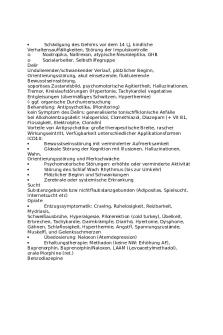
Test - test
- 1 Pages

Yates Test 3 - Test
- 7 Pages
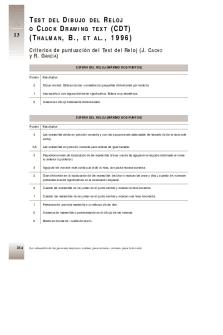
Test-reloj - test
- 4 Pages
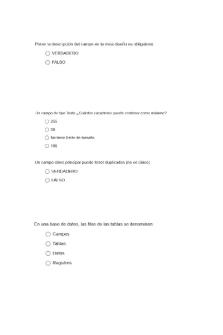
Test Access 2010 - Test
- 6 Pages
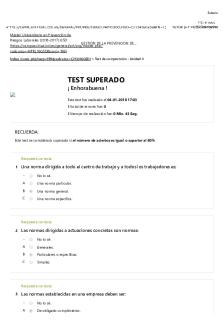
Resultado Test 842 - TEST
- 2 Pages

AP. Bio. Test - test
- 4 Pages
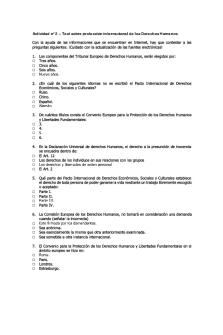
Test
- 4 Pages
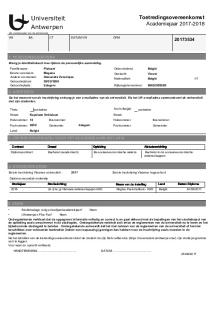
TEST
- 1 Pages

Chapter 4-test - test
- 23 Pages
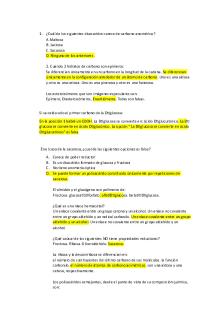
Test preguntas - test
- 4 Pages
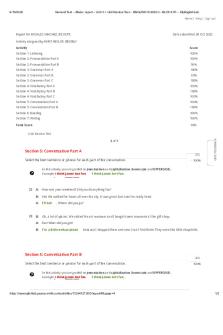
Test 3 - 5 - test
- 2 Pages

PET TEST Full Test
- 35 Pages

Preguntas TEST - CG - Test
- 4 Pages

Test leccion 3 - Test
- 3 Pages
Popular Institutions
- Tinajero National High School - Annex
- Politeknik Caltex Riau
- Yokohama City University
- SGT University
- University of Al-Qadisiyah
- Divine Word College of Vigan
- Techniek College Rotterdam
- Universidade de Santiago
- Universiti Teknologi MARA Cawangan Johor Kampus Pasir Gudang
- Poltekkes Kemenkes Yogyakarta
- Baguio City National High School
- Colegio san marcos
- preparatoria uno
- Centro de Bachillerato Tecnológico Industrial y de Servicios No. 107
- Dalian Maritime University
- Quang Trung Secondary School
- Colegio Tecnológico en Informática
- Corporación Regional de Educación Superior
- Grupo CEDVA
- Dar Al Uloom University
- Centro de Estudios Preuniversitarios de la Universidad Nacional de Ingeniería
- 上智大学
- Aakash International School, Nuna Majara
- San Felipe Neri Catholic School
- Kang Chiao International School - New Taipei City
- Misamis Occidental National High School
- Institución Educativa Escuela Normal Juan Ladrilleros
- Kolehiyo ng Pantukan
- Batanes State College
- Instituto Continental
- Sekolah Menengah Kejuruan Kesehatan Kaltara (Tarakan)
- Colegio de La Inmaculada Concepcion - Cebu

